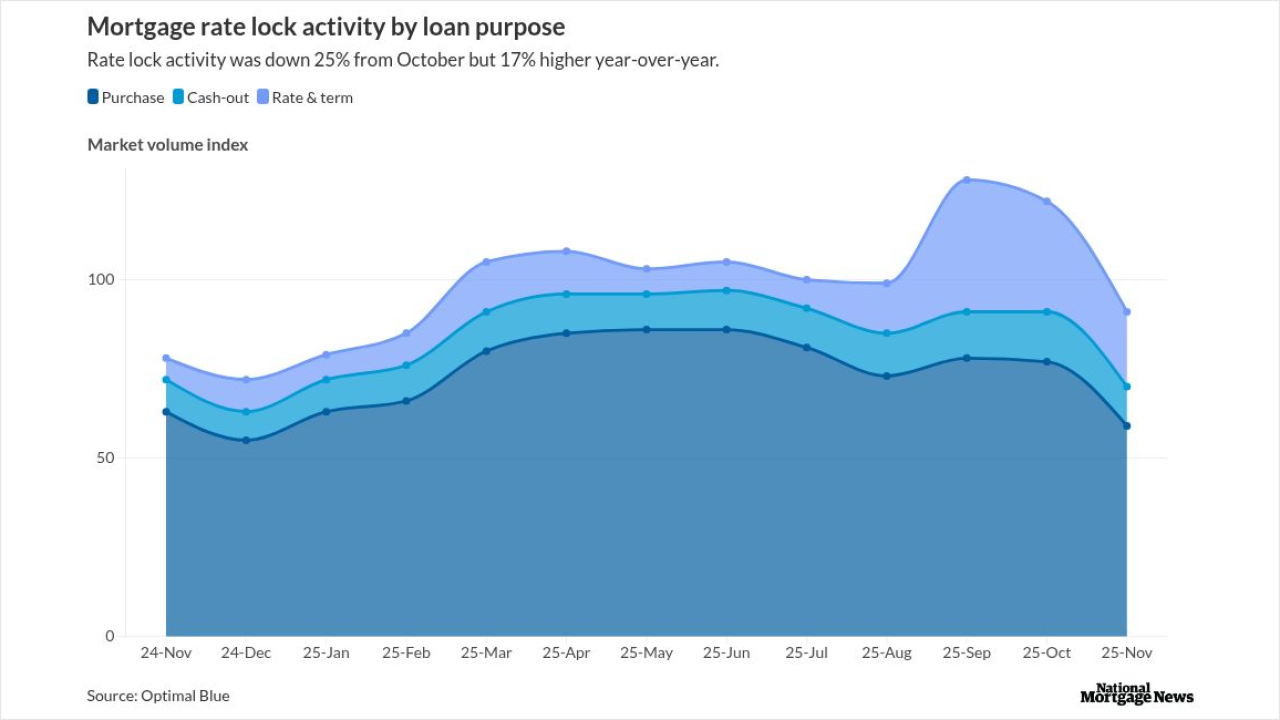Whatever credit a leveraged corporate borrower may need, Oak Hill Advisors (OHA) can play an instrumental role in providing part or all of it. Starting in 1991 with multi-strategy credit, high-yield bonds and stressed and distressed credit, the New York-based firm began investing in leveraged loans in 1996 and was an early entrant into the collateralized loan obligation (CLO) market in 2001. It currently manages $88 billion in assets, through vehicles including $19.3 billion in OHA-sponsored CLOs and $3.3 billion in third-party CLOs, and $42 billion in private credit. The firm has run its own capital equity fund since 2018, enabling it to issue $10 billion in CLOs.
Investing across the credit spectrum for more than three decades, through multiple credit cycles and disruptive market events, has given OHA unique insight, particularly in volatile periods. TK Narayan, a partner at OHA, started at the firm in 2008 after leaving Lehman Brothers, where he had begun investing in CLOs eight years earlier. At OHA he launched the third-party CLO investments, which he currently heads up along with OHA-sponsored CLOs.
Narayan recently spoke with Asset Securitization Report (ASR) about issues impacting CLOs and analyzing them when markets are highly volatile.
ASR: What do you see ahead for the CLO market?
Narayan: That question has a different answer now than it did before April 2nd ("Liberation Day"). The CLO market was coming off a blockbuster 2024 and volumes [in Q1] were indicating another strong year. The market was expecting more M&A activity leading to loan creation, and CLO debt levels had tightened to the lowest cost of capital seen since the Global Financial Crisis. The secondary market was healthy, with meaningful activity across the CLO capital structure. We started to see some weakness in March, but it was not meaningful enough to slow issuance.
New issue CLO creation has been challenging given the difficulty in finding buyers of debt at fair value.
ASR: And following new tariffs?
Narayan: Intra-day volatility has picked up meaningfully across all markets. Secondary volumes have picked up, with most activity at the AAA part of the CLO stack. New issue CLO creation has been challenging given the difficulty in finding buyers of debt at fair value, and it has been hard to ramp the underlying loans when the price is moving meaningfully intraday. A new normalcy will eventually be reached where transactions will pick up.
ASR: Are certain CLOs more attractive now?
Narayan: In periods of volatility, investors get defensive – some raise cash to capitalize on future opportunities while others rebalance their portfolios and move up in quality. The basis between top-tier and lower-tier managers and senior and junior tranches tends to widen, while liquidity for weaker managers dries up. Price discovery can be tricky and investors need to figure out where to deploy the capital and at what level. Managers who have raised captive equity funds and have CLO warehouses in place will be well positioned to act quickly and issue CLOs, if they can find buyers for their debt tranches. Overall, we think the net impact will be a reduction in issuance volumes.
ASR: How can market participants address those price discovery challenges?
Narayan: On any given day, there are a ton of market observables – spreads and prices on the underlying loans as well as how that relates to the liquid high-yield bond market. There has been a lot of trading activity across the CLO debt tranches which helps one triangulate the spreads for various managers and risk profiles. One can model up these assumptions on the assets and liabilities to figure out if the economics to the equity tranche make sense to launch a CLO. Yes, it is a lot more challenging now as both the assets and liabilities are moving meaningfully from day to day.
The one thing worth mentioning is the dispersion that we have not seen in a while–this is lower at the AAAs and higher at the BBs.
ASR: Has market volatility increased demand for AAA CLOs, given the safety provided by their significant subordinate tranches?
Narayan: There continues to be a steady demand for new issue AAA CLOs out of the global banks at levels that are wider than the tights we saw in February. When you evaluate the secondary volumes reported on TRACE, the customer sales have been met by customer buys, with dealers not adding much in the last couple of weeks. This is across the investment grade as well as below [the] investment grade part of the capital stack. The market has been very orderly and efficient with the buy-side providing the necessary liquidity.
The investor profile has also changed over the years as the CLO market has grown to over a trillion [dollars]. There is a lot more long-term capital via banks and insurance companies and longer lock-up funds that can hold the tranches through periods of enhanced volatility.
The one thing worth mentioning is the dispersion that we have not seen in a while–this is lower at the AAAs and higher at the BBs. The dispersion is a function of portfolio and manager quality, the duration of the bond, and the discount reflecting the potential for total return if and when the markets normalize.
ASR: Last year, some leveraged borrowers shifted from private capital back to BSL. What do you see ahead?
Narayan: Private capital tends to be more expensive, but it offers the sponsor certainty of execution in all market conditions. Private capital is typically more levered than BSL, stapling together the first- and second-lien loans in a unitranche loan. The package also includes delayed-draw loans, and some revolver capacity. Since these are negotiated in a club format, these can be executed in a shorter timeframe compared to a syndicated loan, where a bank needs to place the loan across a large buyer base, primarily CLOs. Historically, in times of uncertainty, private credit has ended up taking the lion's share from the BSL market.
ASR: How might it play out this time around?
Narayan: It is impossible to predict where we end up on the tariff negotiations, what gets implemented, and the implications. There is [currently] uncertainty in executing syndicated transactions, and markets like these tend to favor private transactions.
More sponsors are beginning to understand that LMEs for the sake of discount do not solve anything.
ASR: Liability management exercises (LMEs) have become a major concern for creditors. How does OHA view them?
Narayan: You have to be proactive with LMEs. Managers cannot count on the size of their platform or brand to help, as situations are dynamic. Having a dedicated distressed team to focus on LMEs can be very important. If you are a CLO-only platform, you likely do not have a large enough sample size to be relevant. If you have an investing business, it can give you more experience and relevancy, ultimately leading to better ability to insert yourself into such situations.
However, if you have minimal exposure to an issuer priced at a level where you are not adding more exposure, and you believe there may be some risk around the corner, the best thing to do in those cases, unfortunately, is to sell. Nevertheless, more sponsors are beginning to understand that LMEs for the sake of discount do not solve anything. Some coercion has to exist--even in Chapter 11--to avoid free riders. And some compensation has to be provided to incentivize steering groups to help backstop a deal, so a defensive deal can be launched with certainty. However, we think recent cases appear to be heading in the right direction.




